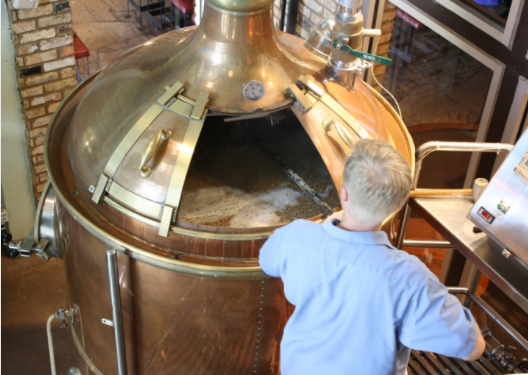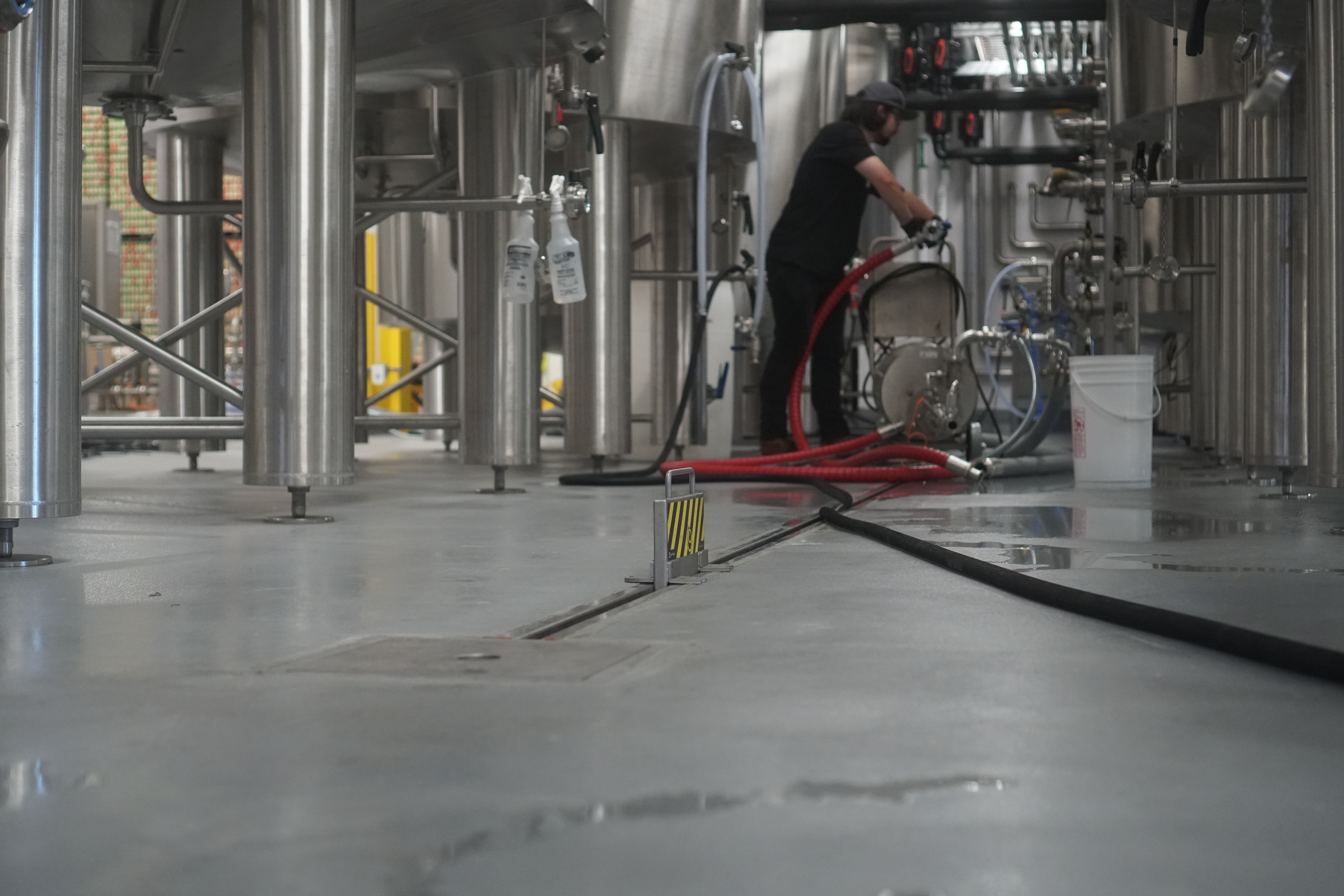Beer is one of the most popular beverages across the country and world, and one of the main ingredients is water. According to the Brewers Association, it takes about seven barrels of water to produce a single beer barrel. Not only is that a lot of clean water–but it is also a lot of wastewater.
The issue with brewery wastewater is that it contains many contaminants. Elevated levels of BOD, suspended solids, ammonia, and phosphorus are created during brewing. There are also cleaning and sanitizing chemicals, as well as domestic wastewater, which breweries have to handle correctly.
Proper brewery wastewater management is critical for many reasons. For one, it ensures the safety and sanitation of the brewery. It is also important to minimize the workload of wastewater management plants and ensure that brewery wastewater meets area regulations for disposal. Here are five tips to help ensure proper management in your brewery:
1. Gather and Record Data
By gathering and recording important data concerning your wastewater, you will be able to formulate a more effective brewery wastewater management plan. One of the most critical data points to know is how many gallons of wastewater your brewery produces a day. Knowing how many gallons are produced will help you to select a drain system with the right capacity.
You also need a measure of the pH level, amount of TTS (total suspended solids), and BOD (biochemical oxygen demand). These levels are critical to know, since different areas have different regulations regarding acceptable levels to release to the sewage systems. Not meeting these specified levels can result in hefty fines for the brewery, creating unwanted expenses.
2. Place Drains Strategically
Drainage is a critical aspect of a brewery, but it isn't just the system that requires consideration. The placement of the drain is important to ensure optimal efficiency. Ideally, it would be best to place drains anywhere that water or other fluids are present. This includes areas like the production floor, holding tank area, botting, and packing. The closer the drain is to these areas, the less wastewater will have to travel to enter the drain. You also need to make sure that you install the appropriate number of drains to handle the flow of wastewater.
3. Use Wastewater Tanks
Having tanks to hold wastewater can be beneficial when you invest in high-quality tanks that come equipped with filtering systems. There are many different types of holding tanks, and each functions differently, as well. EQ tanks are one type of wastewater tank that can hold wastewater and allow for pH adjustments, either manually or automatically. Allowing for pH level adjustments helps to ensure better brewery wastewater management and means wastewater management plants will have less processing to do.
4. Separate the Solids
Brewery wastewater contains many solids, such as yeast and small grain and hop particles. If these solids get flushed down the drain, they can become sludge when they reach the wastewater management plant, which takes more time to process. If that sludge were to get into the sewer system, it could cause environmental problems, especially with other pollutants in mind. By ensuring that as few solids as possible are mixed in with the wastewater, you are making the job easier for wastewater management plants.
The easiest way to separate solids is to have a screen or strainer basket integrated into your drainage system to catch these particles. The screen or basket can be emptied and cleaned as needed.
5. Choose the Right Drainage System
The importance of drain placement has already been mentioned–but so is the system you choose. Instead of choosing a traditional trench drain system, there is the Slot Drain from FoodSafe Drains. The 10,000 Series system is an industrial system made with NSF-certified, corrosion-resistant stainless steel, ensuring optimal sanitation levels. Slot Drain also features a heavy-duty load class and grate-free design, creating a durable system that will not bend or break under the weight of heavy equipment or traffic.
Clean-In-Place technology also makes maintenance easy, allowing for cleaners, sanitizers, and neutralizers to automatically run through the system.
This system also can include a catch basin equipped with a strainer basket to catch any solids and prevent them from going with the wastewater into the holding tanks.
The Right Approach to Brewery Wastewater Management
Breweries are responsible for creating a well-loved beverage–but they also create a great deal of wastewater. Brewery wastewater requires careful handling, with solids, differing pH levels, and high concentrations of BOD to deal with on a daily basis.

These tips can help to ensure that your brewery’s wastewater goes through the correct processes to ensure that it is safe for disposal. The most important thing you can do for brewery wastewater management is to invest in a drainage system like the Slot Drain from FoodSafe Drains.
Contact the food drainage specialists at FoodSafe Drains today for more information on a specialized brewery drainage solution.


